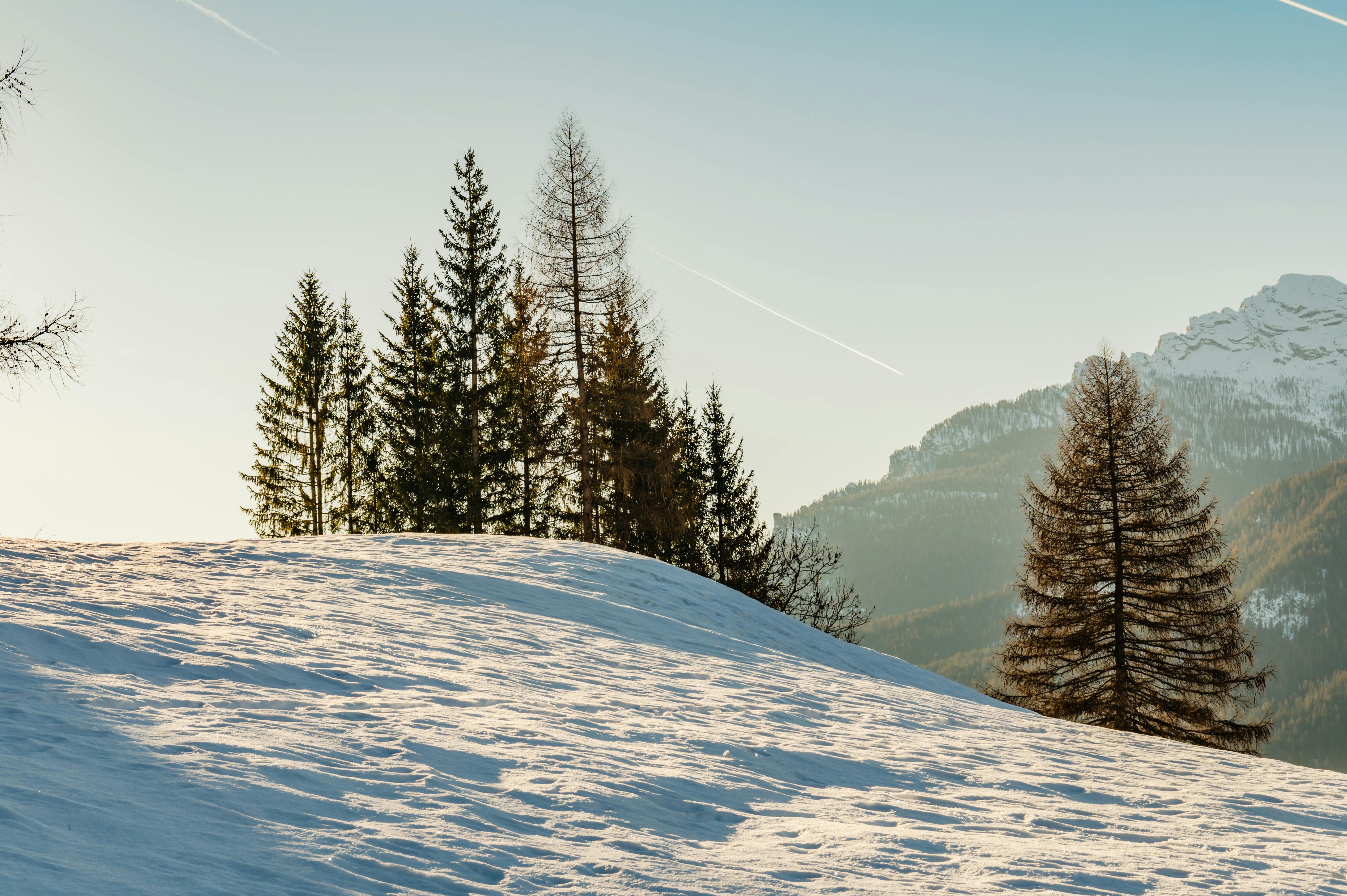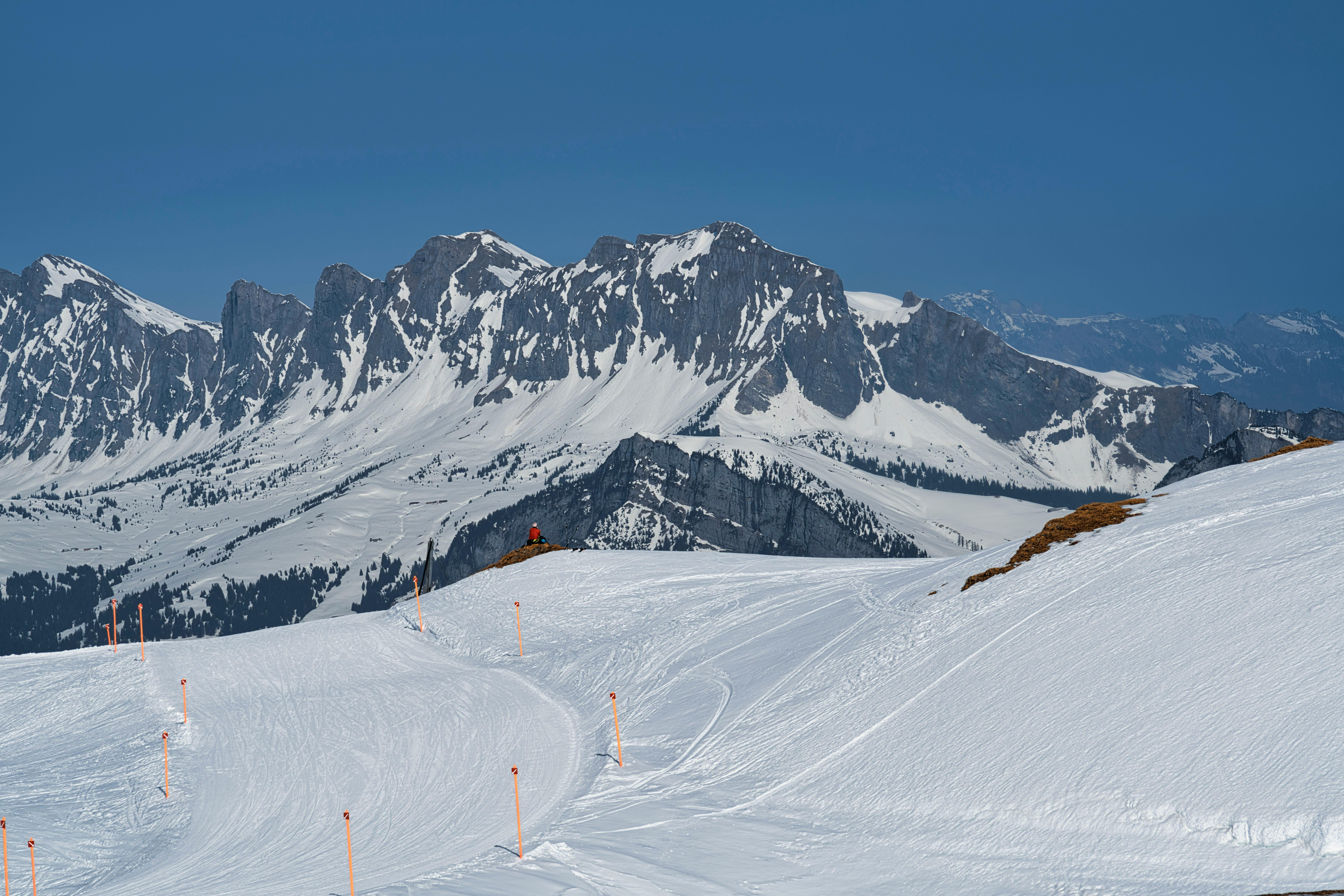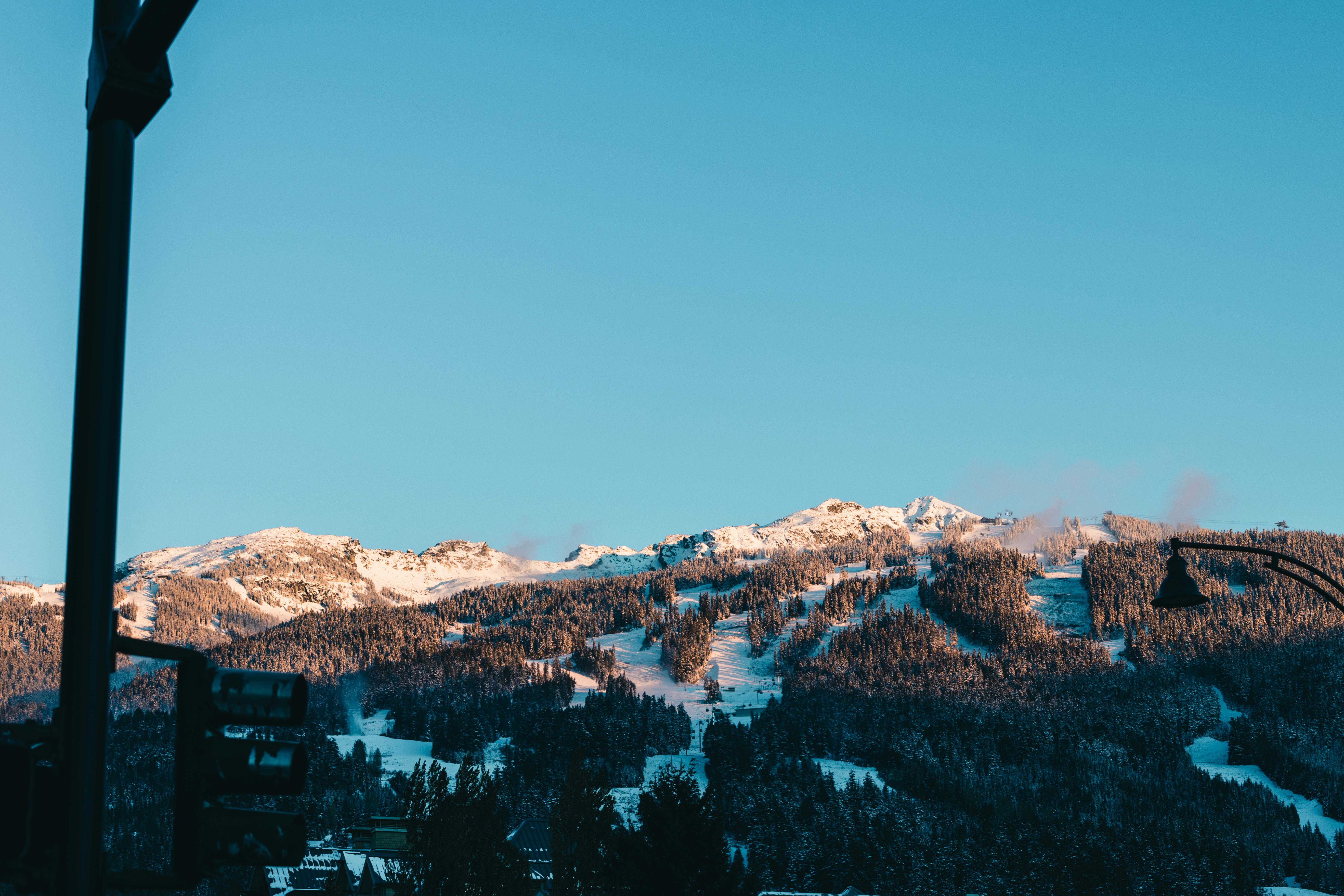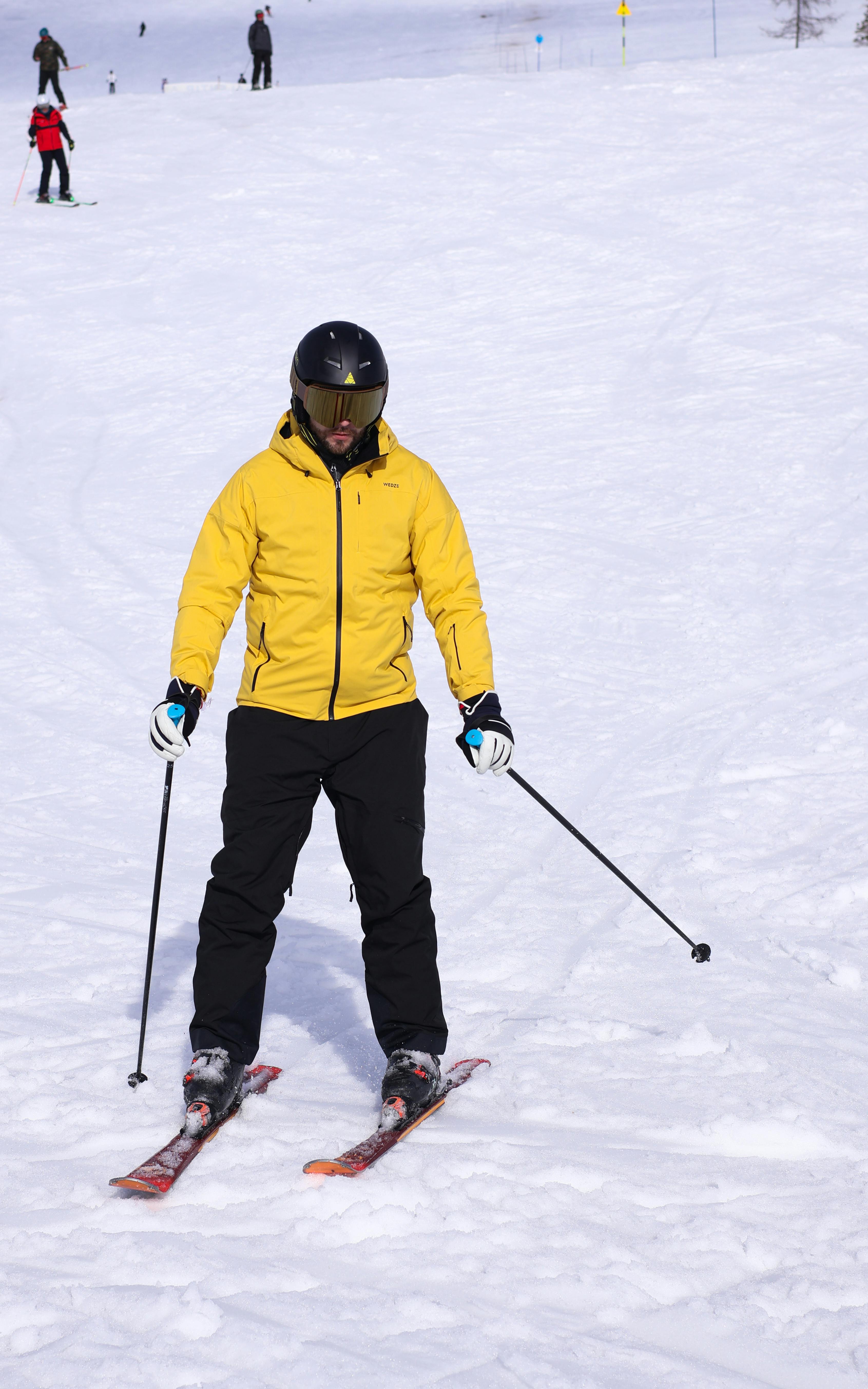5 Things to Know About How Ski Length Affects Float in Powder
Skiing is, without question, one of the most thrilling and awe-inspiring activities I’ve ever embraced in my life. From the day I first tried alpine skiing during my university days—nervously clicking into those bindings for the first time—I was hooked. Over the years, I have felt the joy of carving perfect turns, the sense of liberation flying down steep runs, and the humbling challenge of pushing my limits on untracked terrain. For every skier, though, there’s one perennial question we all face: Are my skis right for the job? Specifically, how does the length of your skis affect the way you float in powder?
A Backcountry Test of Short Skis: What I Learned the Hard Way
Last winter, my friends and I planned an epic expedition into pristine backcountry powder. Perfect conditions, untouched snow, and a day packed with exhilaration lay ahead. But just before we started our climb, I realized I had brought the wrong skis—my shorter ones. Meant for groomed trails, with their quick responsiveness and tight turning radius, they weren’t exactly the ideal tools for deep powder.
Trust me, I tried to brush it off ("How bad can it be?"), but it didn't take long before reality hit. As we began descending the mountain, I noticed an immediate difference. My shorter skis—which normally made me feel quick and light on my feet—sank deeper into the snow. With every turn, I felt like I was dragging through molasses while my friends on their longer powder skis seemed to glide effortlessly, floating above the snow like feathers in the wind.
It was humbling, to say the least, but also incredibly eye-opening. I learned a lot that day about why ski length matters and how to adapt to different conditions. The key takeaway was this: shorter skis often provide less float because they distribute your weight over a smaller surface area on the snow. But as frustrating as it was initially, I eventually found a rhythm, making precise, strategic movements to regain control. It made me a better skier, for sure, but it also left me vowing not to overlook the details of my gear ever again.

Why Shorter Skis Mean Less Float
Let’s get into the physics of it. Float is essentially the ski's ability to stay on top of fresh powder rather than sinking into it. Longer skis have a greater surface area, which spreads your weight more evenly across the snow. With shorter skis, that surface area diminishes, meaning that the same amount of weight is concentrated over a smaller space—causing the skis to sink deeper.
This is particularly noticeable in subtle ways. For example, skiing through knee-deep powder on shorter skis can feel like more work because they drag below the surface. The sensation isn't just about physical effort—it can throw off your balance or make your turns feel less controlled. This inefficiency is why so many skiers naturally gravitate toward longer skis when hitting powder-filled backcountry slopes.
But shorter skis have their time and place. On groomed slopes or tight tree runs, their maneuverability can be a game-changer. A lot of success comes down to recognizing the terrain you're skiing in and how your gear uniquely interacts with it.

Debunking the Float Myth: Width and Profile Matter Too
Now, here’s where things get really interesting. While length absolutely plays a significant role in float, other factors like width and rocker profile can influence how a ski performs in powder.
For instance: when my shorter skis struggled in the backcountry, part of the issue wasn’t just their length but their width underfoot—only around 78mm compared to wider powder skis that often measure 100mm or more in this area. Ski width provides additional “float,” keeping you on top of the snow, even if the overall length is short. Similarly, a ski with a rockered tip (where the front of the ski curves upward) can help simulate better floatation since that shape pushes snow away and keeps you above the surface.
What does this mean for you? If you find yourself asking how much less float you’ll get with shorter skis, don’t panic! A well-designed ski with a more pronounced rocker or wider dimensions can still perform remarkably well, even if it’s on the shorter side. Just be mindful of these factors next time you’re shopping for skis—or swapping them out mid-trip, like I was.

Unobstructed Vision Is Your Ultimate Safety Tool
If there’s one takeaway from that backcountry adventure—even above the ski setup—it’s that vision trumps everything. When conditions aren’t forgiving or gear isn’t perfect, being able to see clearly is non-negotiable. I’ve seen far too many skiers compromise their fun (and safety) due to fogged-up glasses or low-visibility goggles—issues that are easily preventable with the right equipment.
As someone who wears prescription ski goggles daily, let me share something truly game-changing: the Overo Prescription Ski Goggle Inserts. These little wonders ensure flawless vision, regardless of weather conditions. Not only do they fit comfortably into virtually any mainstream ski goggle, but their military-grade anti-fog technology means you’ll never have to deal with mid-run lens wiping.
Why is this important? Without clear vision, navigating challenging snow conditions—like the ones I faced with shorter skis—becomes exponentially harder. Prescription ski goggles like Overo's can make or break your confidence on the slopes, letting you focus on the thrill of navigating terrain rather than worrying whether you're one wrong turn away from disaster.

The Final Verdict: Finding Balance Between Float and Precision
My day with shorter skis in deep powder taught me so much—less about equipment weaknesses and more about versatility. While it’s true that shorter skis provide less float in deep snow, they shine in other situations. It’s all about balance. If you tend to stick to groomed trails or tighter spaces where agility takes precedence, shorter skis may be your best friend. But if powder is your playground, leaning towards longer skis (or a wider, rockered design) will make a world of difference.
And of course, let your gear work with you, not against you. From performance skiing to prescription gear like Overo Prescription Ski Goggle Inserts, having the right equipment for your unique situation lets you focus on what skiing is really about—freedom, fun, and that incredible sense of fulfillment as you master the mountain.

The Road Ahead: Your Skiing Adventure Awaits!
As someone who fell in love with skiing in university and has dedicated my life teaching others, I can promise you this: the challenge and beauty of this sport never stop surprising you. And whether you’re battling steep backcountry trails or enjoying a casual day on the slopes, there’s always an opportunity to grow as a skier.
Short skis? Long skis? No matter your setup, the joy of skiing lies in learning, adapting, and appreciating every moment. With tips like these and the right tools at your disposal—like those revolutionary prescription ski goggles from Overo—there’s nothing stopping you from carving out your own unforgettable adventure. See you on the slopes!
Frequently Asked Questions
Why do shorter skis provide less float in powder?
Shorter skis provide less float because they have a smaller surface area, which means your weight is distributed over a smaller space. This causes the skis to sink deeper into the snow, making it harder to stay on top of the powder.
Can shorter skis work in powder if they have the right design?
Yes! Features like wider dimensions underfoot or a rockered tip can improve float on shorter skis. These design elements help compensate for the reduced surface area, making them more effective in powder.
What are the advantages of shorter skis?
Shorter skis are highly maneuverable, making them excellent for groomed slopes, tight tree runs, or situations where agility is crucial. They’re easier to turn and can provide a quicker response compared to longer skis.
What role does vision play in skiing performance?
Clear vision is critical for safety and performance on the slopes. Proper prescription ski goggles, like the Overo Prescription Ski Goggle Inserts, ensure clear sight in all conditions, helping you navigate challenging terrain confidently.
How should I choose the right ski for my needs?
Consider the terrain and conditions where you spend most of your time skiing. If you prefer powder or backcountry skiing, longer and wider skis with a rockered profile are ideal. For groomed trails and precision, shorter skis offer better maneuverability.
References
- Choosing Your First Skis - Tips for selecting the right skis for your skill level and needs.
- Ski Talk: Wet Powder Skiing - Community insights on skiing through wet powder conditions.
- Atomic Backland 100 - A popular backcountry ski with a focus on versatility and float.
- Best Backcountry Skis - Guide to some of the top-rated backcountry skis currently available.
- Moment Skis Discussion - Forum discussion on the performance of Moment skis in various conditions.



Share:
7 Skiing Gifts Guaranteed to Make You a Hero on the Slopes
How Much Less Float Do You Get From Shorter Skis? [Essential Ski Insights from An Expert]